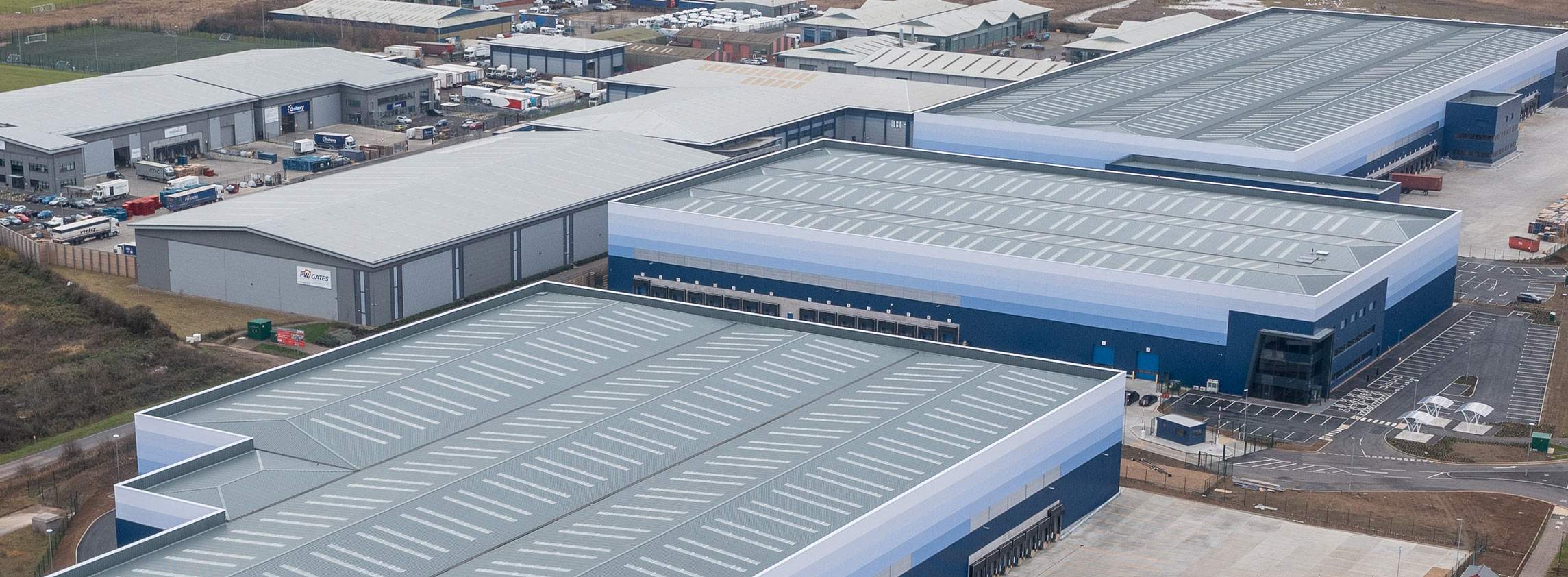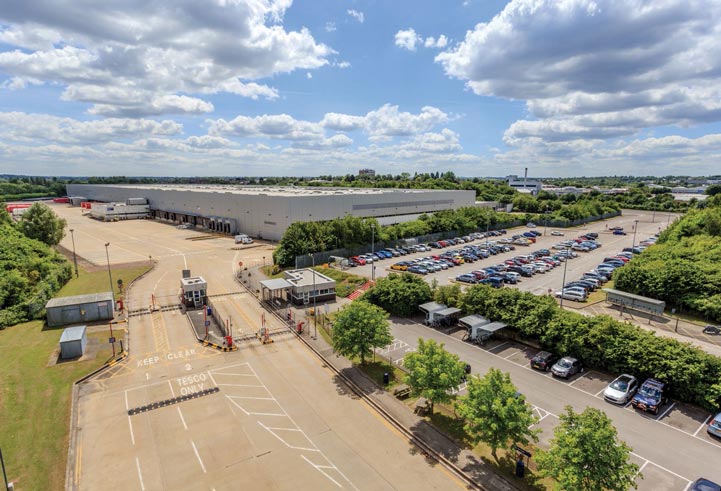National overview
Another record year for take-up and supply at its lowest ever level

Another record year for take-up and supply at its lowest ever level
As global economies continue to walk the tightrope of bouncing back from severe Covid-related restrictions and the implementation of more public health measures to tackle the current Omicron wave, there remain huge pressures on supply chains which are in turn causing logistics property markets to function in ways we have not previously witnessed.
Whilst many countries are contending with abnormal demand and supply patterns for consumer goods and manufacturing materials the UK is also having to adapt to new trading arrangements with the European Union. From 01 January 2022, all customs decelerations for goods entering the EU will have to be made prior to arrival at the border, whereas previously, companies could wait 175 days after goods had arrived. As 2022 progresses, more stringent and physical checks will take place on a wider variety of goods entering the UK. Many trade bodies are suggesting that whilst UK companies are well prepared to deal with the new arrangements concerns remain that European companies will take some time to adapt to the new arrangements, ultimately putting more pressure on an already fragile supply chain.
For companies manufacturing and selling in the UK, one response could be to hold more inventory to mitigate for any unforeseen delays at the UK border. This is certainly evident in our latest market data which demonstrates that requirements and take-up are both at record levels.
Overall the logistics property market has proved able to rise to the challenge that Covid-19 has presented over the last two years, but with a backdrop of the lowest vacancy rate ever recorded and rising construction costs, it remains to be seen how the expected demand of 2022 can be satisfied.

Tectonic 620, where John Lewis have leased 617,000 sq ft of second hand space
Take-up
With 16.1m sq ft of new leases signed in Q4, itself a new quarterly record, it is pleasing to report that take-up for 2021 has reached a new annual record of 55.1m sq ft, surpassing last years total of 51.6m sq ft, and shattering the long-term annual average by 86%. We have recorded information of 220 separate transactions, which means for the first time ever, there have been more than 200 transactions in any one year, surpassing the 2020 record of 172.
What makes the take-up numbers all the more impressive is that during 2021 we have witnessed a decline in both build-to-suit (BTS) and the take-up of larger units over 400,000 sq ft. This correlates with the suggestion that occupiers need buildings here and now as companies seek to mitigate supply chain issues by increasing their inventory levels quickly. Indeed, 15.1m sq ft of speculatively constructed space was leased in 2021, the highest level ever recorded.
Perhaps most interesting, however, is the type of companies acquiring space. Whilst online retailers accounted for 35% of take-up 3PLs, automotive, manufacturing and high street retail companies all increased the amount of space taken in 2021, demonstrating a wider breadth of demand when compared to recent averages.
Supply and Pipeline
Given the strong levels of take-up, supply has fallen at its fastest pace ever and now stands at 17.35m sq ft, reflecting a vacancy rate of 2.91%, the lowest levels ever recorded. Grade A supply has fallen to 7.15m sq ft, down from 19.7m sq ft prior to the onset of Covid-19 in Q1 2020.
Developers have reacted to the prevailing market conditions, and there is now 18.6m sq ft under construction. Looking at the combined current and future supply does, however, show there are just seven buildings available over 400,000 sq ft, which does suggest that many larger requirements will need to be satisfied via a BTS unit in 2022.
Read the articles within Big Shed Briefing below.
10 article(s) in this publication